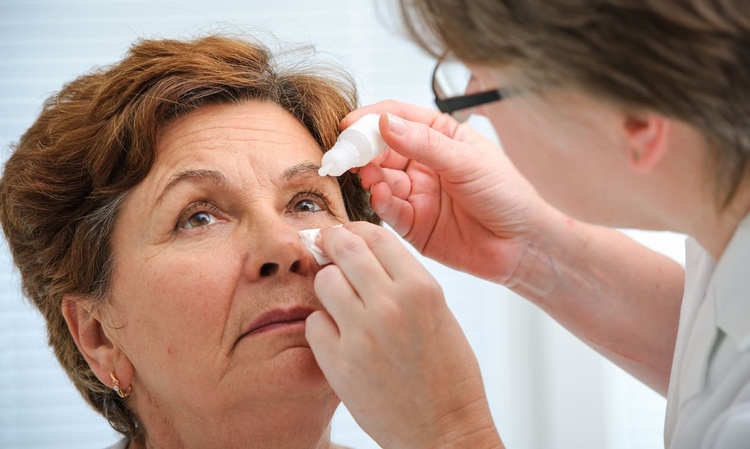Managing Urinary Incontinence: Effective Treatments and Home Remedies for Better Quality of Life
Urinary incontinence affects millions of people worldwide, causing involuntary urine leakage that can significantly impact daily activities and overall quality of life. This common condition ranges from occasional minor leaks when coughing or sneezing to sudden, strong urges to urinate that may result in complete bladder emptying. Understanding available treatment options and effective home remedies can help individuals regain control and confidence in managing this condition successfully.

What Are the Medical Treatment Options Available?
Medical treatments for urinary incontinence vary depending on the type and severity of the condition. Medications such as anticholinergics help reduce bladder muscle contractions, while alpha blockers can relax bladder neck muscles in men with overflow incontinence. For stress incontinence, healthcare providers may recommend topical estrogen therapy for postmenopausal women. Botulinum toxin injections into the bladder muscle can effectively treat overactive bladder symptoms. More invasive options include surgical procedures like sling operations, bladder neck suspension, or artificial urinary sphincter implantation for severe cases that don’t respond to conservative treatments.
How Can At-Home Care Methods Help Manage Symptoms?
Practical ways to manage urinary incontinence through at-home care focus on lifestyle modifications and behavioral techniques. Bladder training involves gradually increasing the time between bathroom visits to improve bladder capacity and control. Scheduled voiding, where individuals urinate at regular intervals regardless of urge, can prevent accidents. Dietary modifications include avoiding bladder irritants like caffeine, alcohol, acidic foods, and artificial sweeteners. Maintaining adequate hydration while timing fluid intake appropriately can reduce nighttime incidents. Weight management also plays a crucial role, as excess weight puts additional pressure on the bladder and pelvic floor muscles.
Which Home Remedies Show Proven Effectiveness?
Several home remedies have demonstrated effectiveness in managing urinary incontinence symptoms. Pelvic floor exercises, commonly known as Kegel exercises, strengthen the muscles that support the bladder and urethra. These exercises involve contracting pelvic muscles for three seconds, then relaxing for three seconds, repeated 10-15 times per session, three times daily. Double voiding technique helps empty the bladder completely by urinating, waiting a few moments, then attempting to urinate again. Absorbent products like pads or protective underwear provide confidence and protection during treatment. Essential oils like pumpkin seed oil have shown promise in some studies, though more research is needed to confirm their effectiveness.
How Do Treatment Costs and Healthcare Options Compare?
Treatment costs for urinary incontinence vary significantly based on the chosen approach and location. Initial consultations with urologists typically range from $200-500, while specialized testing like urodynamic studies can cost $500-1,500. Conservative treatments like physical therapy sessions range from $75-150 per visit, with most patients requiring 6-12 sessions. Surgical procedures vary widely, from minimally invasive sling procedures costing $5,000-15,000 to more complex artificial sphincter implantation ranging from $15,000-25,000.
| Treatment Type | Provider/Option | Estimated Cost Range |
|---|---|---|
| Initial Consultation | Urologist/Gynecologist | $200-500 |
| Pelvic Floor Therapy | Physical Therapist | $75-150 per session |
| Medication Therapy | Prescription Drugs | $50-200 monthly |
| Botulinum Toxin Injection | Specialist Clinic | $1,000-2,500 |
| Sling Surgery | Hospital/Surgery Center | $5,000-15,000 |
| Artificial Sphincter | Specialized Medical Center | $15,000-25,000 |
Prices, rates, or cost estimates mentioned in this article are based on the latest available information but may change over time. Independent research is advised before making financial decisions.
What Lifestyle Changes Support Long-term Management?
Long-term success in managing urinary incontinence often depends on sustainable lifestyle modifications. Regular exercise strengthens core muscles and maintains healthy weight, reducing pressure on the bladder. Establishing consistent bathroom routines helps train the bladder and reduces urgency episodes. Stress management techniques like meditation or yoga can help, as anxiety and stress often worsen incontinence symptoms. Creating a supportive environment at home includes ensuring easy bathroom access, adequate lighting for nighttime trips, and keeping spare clothing or protective products readily available. Support groups, either in-person or online, provide valuable emotional support and practical tips from others experiencing similar challenges.
Managing urinary incontinence successfully requires a comprehensive approach combining medical treatments, home remedies, and lifestyle modifications tailored to individual needs. While the condition can feel overwhelming initially, numerous effective treatment options exist to help people regain control and improve their quality of life. Working closely with healthcare professionals to develop an appropriate treatment plan, combined with consistent implementation of home care strategies, can lead to significant improvement in symptoms and overall well-being for most individuals dealing with urinary incontinence.
This article is for informational purposes only and should not be considered medical advice. Please consult a qualified healthcare professional for personalized guidance and treatment.




